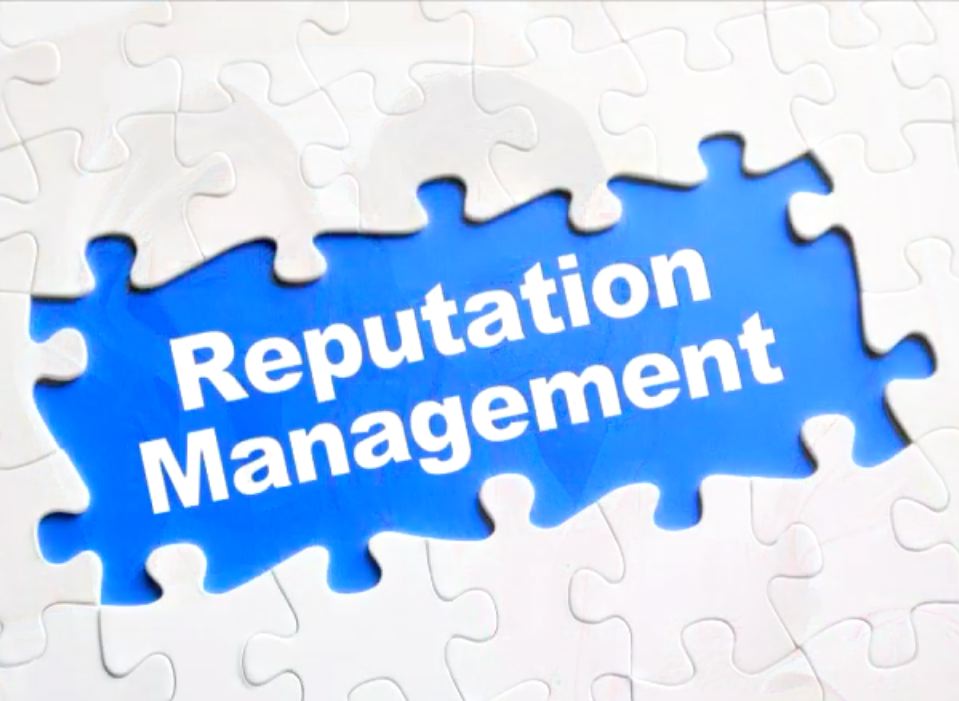One foundation of a good public relations campaign is reputation management. Whether for a brand or an individual, most good PR people spend their time helping internal or external clients create a positive perception among key audiences or building a specific kind of reputation in the marketplace.
The growth of social and digital media, of course, presents both challenges and opportunities for reputation management. Digital content like customer reviews, blog posts, or social updates can help tell a story about professional expertise or insights. Conversely, the absence of a digital footprint can raise questions about career achievements or professional standing. It pays to stand out — but in a positive way.
The good news is there are tenets of reputation management that apply both professional and personal branding. Here’s how any professional can borrow PR expertise to build the reputation they want to convey to prospects, peers, and employers.
Maximize your digital footprint
You can’t manage everything on the web, but there’s plenty that is under your own control, and the first step is to optimize all the pages you own. Create personal and business sites that you manage where possible – on all search and social platforms. Make sure you own the domains for your name, and keep your information updated. Be present on key social media platforms, and post proactively. If it’s too overwhelming to make an impact on every platform, select the three most relevant ones and commit an hour a day to posting and responding to professional commentary. LinkedIn, Twitter, and Facebook are likely to be the most useful for digital reputation-building, and all are well optimized by Google.
Understand SEO basics
You don’t need to hire an SEO agency or be a search expert to take advantage of SEO principles, but it helps to grasp the basics. For most professionals, it comes down to an optimized web presence, regular production of fresh, relevant, high-quality content, and judicious use of relevant keywords. The first step is the creation of a website or page including the very terms and keywords that people searching for your expertise will use. It’s helpful to think like someone looking for your particular expertise; for example, our website emphasizes phrases like “top New York PR agency” and “best technology PR” instead of less searchable copy like “our clients love us.” The most challenging piece for most professionals is content production, because it’s time-consuming, and it may not make a difference for several months. But Google rewards fresh, relevant content, so it pays to invest time in blogging, social updates, and comments on professional community sites.
Don’t post or email anything you wouldn’t want made public
This includes social media, where an impulsive post or joke gone wrong can have real consequences…. just ask Justine Sacco. New college grads and others entering the labor market have started to understand this, but unfortunate mistakes happen. It may be a tougher lesson for more established professionals, possibly because they have a false sense of security about presumably private communications like email. The point is, almost no digital communication is really private.
Cultivate advocates
Networking, both on and offline, is key to building a resilient reputation for professionalism or for a specific type of expertise. Become a member of professional online communities; be known for your insights, collegiality, or responsiveness. Be generous with your time, ideas, and feedback. Participation in a professional community will offer a payback in search ranking support, reputation enhancement, and new relationships.
Be a thought leader
My grandmother used to say, small people talk about other people, big people talk about ideas. Okay, the advice is a little shopworn, and not everyone can or wants to be an industry thought leader. But aligning your name and/or company to a central idea, mission, or unique aspect of your identity is a simple and authentic way to build your reputation both on and offline. It should appear in your LinkedIn profile, on your website, your Twitter bio, and be frequently mentioned in the content you create.
Tell your story
The best way to do this is by blogging. Yes, it’s a serious commitment of time and ideas and shouldn’t be undertaken lightly, because an out-of-date blog sends a bad message. But weekly posts about the problems, issues, and insights relevant to clients, customers, prospective employers, and potential employees is the single most powerful way to build a reputation in sync with professional goals. If a regular blog is too much, consider becoming a contributor of guest posts to the most well-read blogs or publications in your industry.
Learn how to apologize
Someone criticizes you on social media, or a negative review of your business is posted. Don’t overreact, but do respond – with professionalism. If there’s a legitimate gripe, accept responsibility, apologize, and take steps to correct the situation. It’s amazing how humanizing a humble response to criticism can be for a business brand.

